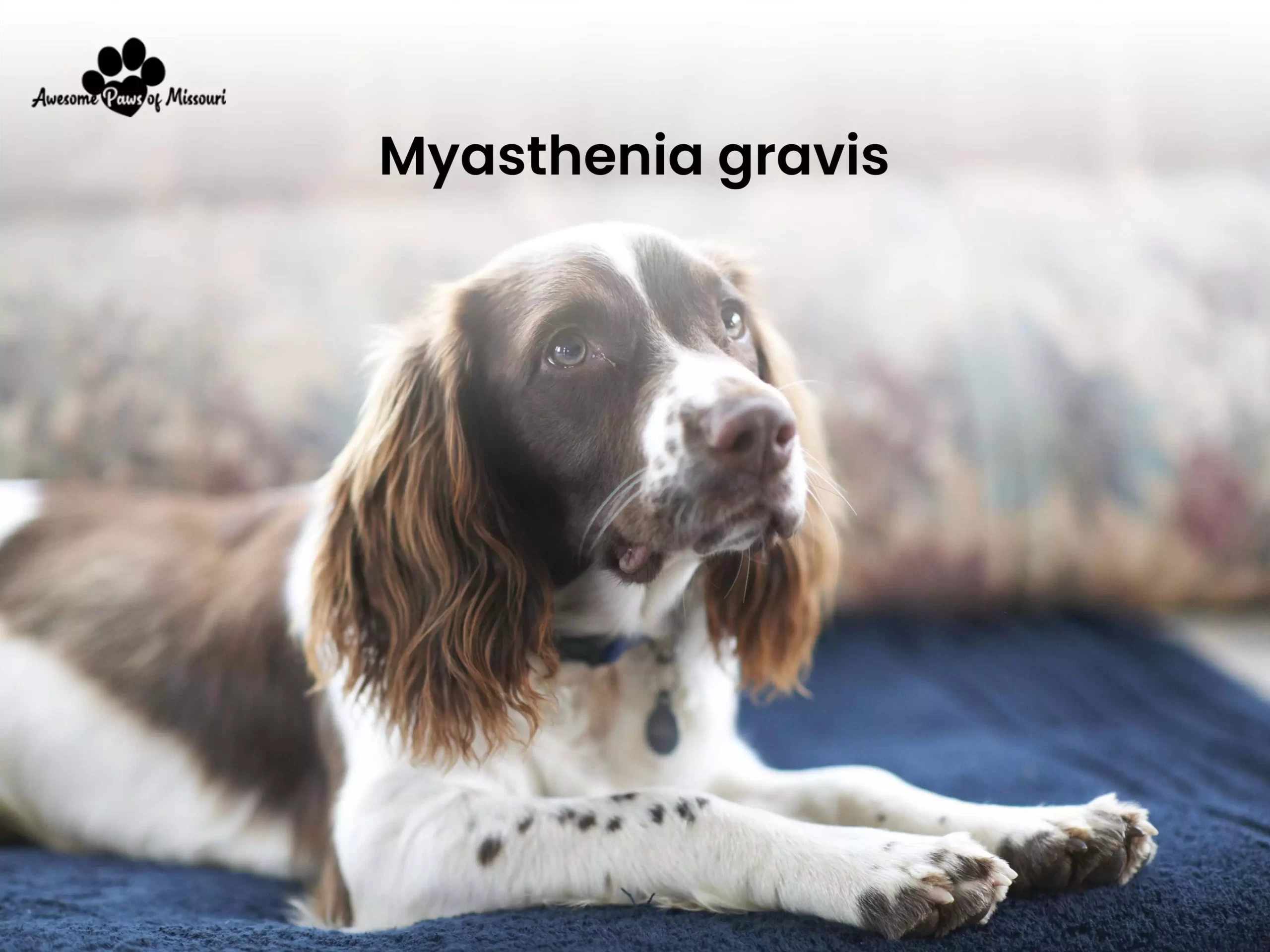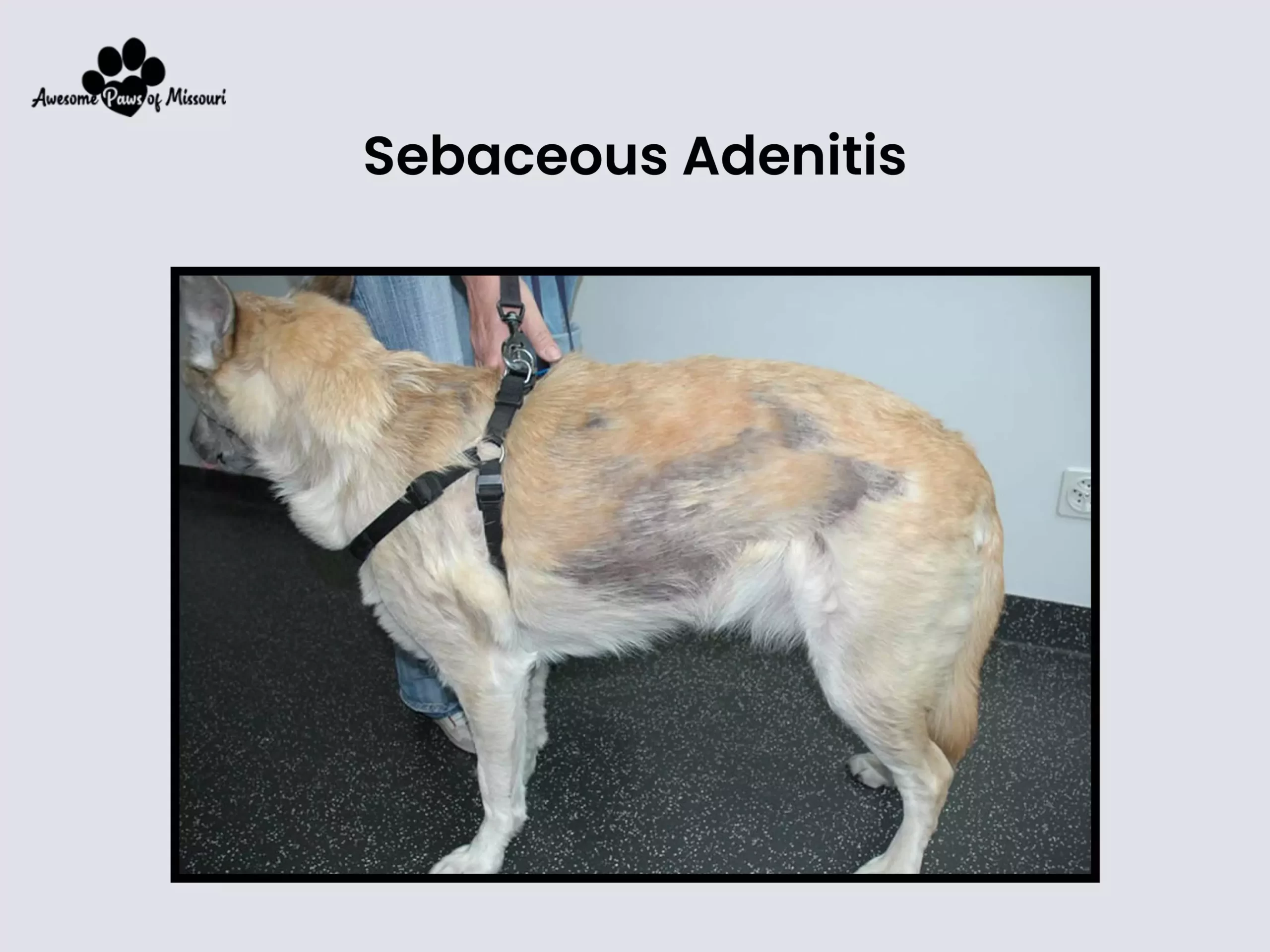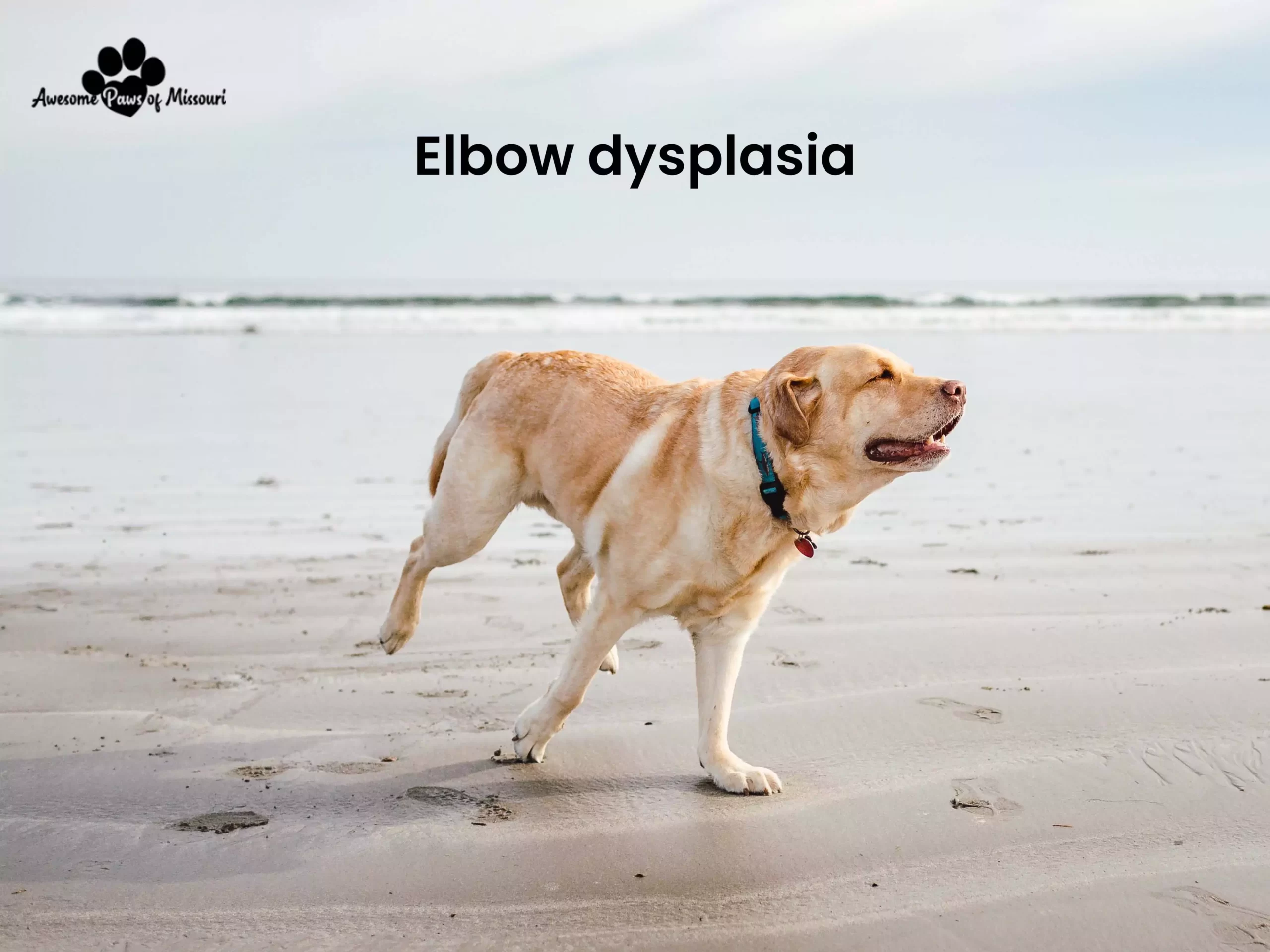The Akita dog breed is beautiful, fluffy, and can’t be denied to be cute. However, the Akita family faces problems just like any other royal family. Every Akita owner should know that a hairy coat can cause health problems.
Don’t let that change how much you love these beautiful things. Knowledge is power, and today, we’re diving deep into the seven common health problems of the Akita and, more importantly, how to keep them at bay. Read on to ensure your Akita lives its healthiest and happiest life!
Key Takeaways:
- Akitas are solid and loyal breeds from Japan with two main types: Japanese Akita Inu and American Akita.
- Common health concerns in Akitas include hypothyroidism, myasthenia gravis, sebaceous adenitis, hip dysplasia, elbow dysplasia, progressive retinal atrophy, and von Willebrand disease.
- Early socialization, training, and regular veterinary care are essential for Akita’s well-being.
- Akitas have a lifespan of 10-15 years, with some risks like seizures and other health challenges.
- Knowledge and proactive care can help Akita owners navigate these health issues and ensure their dog’s longevity and quality of life.
Overview of the Akita Dog Breed

The Akita is a proud and robust breed of dog from Japan. It is known for its double coat, curly tail, and face resembling a bear’s. This dog has two types: the Japanese Akita Inu and the American Akita. Both are known for being loyal, brave, and respectful.
Akitas are naturally protective, which makes them great family guardians, but they can be wary of people they don’t know. They have a strong desire to hunt, so they do best in homes where they get good training and education.
Caring for Akita Puppies

Akita puppies must be trained, fed, and introduced to other people and animals as soon as possible. Strong-willed Akitas do better when trained to obey from a young age. When they are young, exposing them to different people, animals, and places can help them be less afraid of strangers. A well-balanced food helps them grow quickly and builds strong bones and muscles.
Regular visits to the vet are essential for shots and keeping an eye on the animal’s general health. Even though they are playful and full of energy, puppies shouldn’t get too much movement while their joints are still growing. Grooming starts when they are young.
7 Ways to Prevent Common Akita Dogs Health Problems

Before things go serious, let’s dig into some of the common concerns to consider. Following are the seven ways to prevent common Akita dog health problems.
1. Hypothyroidism

Hypothyroidism is a common problem with a dog’s hormonal system, and the Akita is no different. It happens when the thyroid gland, a small gland in the neck, doesn’t make enough essential hormones, especially thyroxine (T4) and triiodothyronine (T3). Hypothyroidism symptoms can show up in Akitas and other dogs in several ways.
It includes drowsiness and less activity, unexplained weight gain despite a regular diet, dry, dull fur, and a lot of hair loss—dark spots on the face and skin infections. Most of the time, a manufactured thyroid hormone called levothyroxine is taken by mouth daily as a Hypothyroidism treatment. Checking the dosage often is essential to make sure it stays right.
Recommendations For Hypothyroidism in Akita Dogs Breed:
- Regular vet check-ups to monitor thyroid hormone levels.
- Maintain a balanced diet with essential nutrients.
- Consider vet-recommended supplements that support thyroid health.
2. Myasthenia gravis

Myasthenia Gravis is a neuromuscular disease that makes it hard for nerves and muscles to talk to each other. It happens when nerve signals don’t get to the muscles as they should, making them weak. People and dogs, including Akitas, can have this problem.
Myasthenia Gravis symptoms can be different in Akitas and other breeds based on how bad it is and which muscles are affected. Common signs include general muscle weakness, trouble swallowing or chewing (dysphagia), belching that can lead to aspiration pneumonia, weak facial muscles, drooping eyes, etc.
Myasthenia Gravis treatment varies depending on what condition it is and how bad it is. For example, the Akita dogs breed who have gotten myasthenia gravis may need drugs that weaken their immune systems. Supportive care may include medicines that help nerves send better messages to muscles.
Recommendations For Myasthenia gravis in Akita Dogs Breed:
- Early diagnosis is essential; watch for signs like muscle weakness or difficulty swallowing.
- Regular exercise to maintain muscle strength but avoid overexertion.
- Medications as prescribed by a veterinarian.
3. Sebaceous Adenitis

Sebaceous adenitis in Akitas is a rare skin disease that attacks a dog’s sebaceous glands. These glands are linked to the hair follicles and make sebum, an oily substance that keeps the skin moist and keeps it from drying out. In dogs with sebaceous adenitis, the sebaceous glands become swollen and die, causing skin problems.
The Akita is the breed of dog that is more likely to get this. Symptoms can vary, but they usually include flaking, dandruff, hair loss, thickened skin, smelly or musty skin, itchy skin, secondary bacterial or fungal illnesses, etc.
It is unknown what causes sebaceous gland adenitis, but it is thought to have a genetic component. The immune system attacks the oil glands by mistake, which causes inflammation and eventually causes the glands to die.
Recommendations For Sebaceous Adenitis in Akita Dogs Breed:
- Regular grooming to identify and manage skin problems early.
- Avoid frequent bathing, but use moisturizing shampoos when you do.
- Consult a vet for appropriate topical treatments.
4. Hip dysplasia

Hip dysplasia in dogs is a bone disease passed down through families and has many causes. It causes the hip joint to grow abnormally. It happens often in dogs, and Akitas are among those who are more likely to get it. The disease can make a dog’s joints hurt and make it unable to walk. Following are some of the symptoms of hip dysplasia in dogs:
- Difficulty rising from a resting position.
- Reluctance to run, jump, or climb stairs.
- Bunny hopping gait, where the dog moves both hind legs together.
- Lameness in the hind end.
- Stiffness or pain after physical activity.
- Narrow stance in the hind limbs.
- Decreased range of motion in the hip joint.
Usually, a physical check and x-rays are used to make a diagnosis. Veterinarians look for signs of hip instability, arthritis, or other hip joint problems. Early diagnosis is essential for people who own Akitas. Regular visits to the vet and watching for changes in how the dog moves or acts can help catch the condition early and make Akita’s hip dysplasia treatment easier.
Recommendations For Hip Dysplasia in Akita Dogs Breed:
- Keep your Akita at a healthy weight to reduce strain on the joints.
- Provide joint supplements like glucosamine as preventive care.
- Limit excessive jumping or hard running, especially in young dogs.
5. Elbow dysplasia

Elbow dysplasia is a common bone problem that affects giant dog breeds like Akitas. Some of these are birth defects that affect the elbow joint, causing pain, limping, and osteoarthritis. The humerus, radius, and ulna are the three bones that make up the elbow joint and don’t fit together correctly.
Some symptoms of elbow dysplasia in puppies include
- Limping or lameness in one or both front legs.
- Stiffness, especially after rest or in the morning.
- Pain when extending or flexing the elbow.
- Swelling around the elbow joint.
- Reluctance to play or go on long walks
A clinical check and an X-ray are used together. In some cases, more advanced imaging tests, such as computed tomography or arthroscopy (where a camera is put into the joint), can give a better picture.
For people who own Akitas, instruction and early detection are essential. If a young Akita is limping or seems uncomfortable in its front legs, you should take it to a vet. Early help can make a big difference in how a disease is treated and how it gets worse.
Recommendations For Elbow Dysplasia in Akita Dogs Breed:
- Just like hip dysplasia, maintain an optimal weight for your Akita.
- Avoid rough play or activities that strain the front legs.
- Orthopedic beds can provide relief and comfort.
6. Progressive Retinal Atrophy

Progressive retinal atrophy, or PRA, is a group of eye diseases that cause vision loss over time because the retina breaks down. Several dog breeds, including Akitas, can get this disease. PRA mainly affects the rod cells in the eye, which help you see in dim light.
Over time, the disease can also hurt the cone cells, essential for seeing colors and the daytime. Symptoms include night blindness, dilated pupils, bumping into objects, etc.
During an ophthalmological check, the veterinarian looks for common signs of retinal degeneration to make the diagnosis. Electroretinography (ERG), which measures the electrical reactions of cells in the retina, is a more specific test that may also be used. Many breeds can be tested to see if they are carriers or harmed.
PRA can’t be cured, which is a shame. The disease can go on differently for different people but generally causes them to go blind. But dogs are very flexible, and with help, they can get used to not seeing as well and live whole, happy lives.
Recommendations For Progressive Retinal Atrophy in Akita Dogs Breed:
- Regular eye check-ups with a veterinary ophthalmologist.
- Avoid sudden exposure to bright lights.
- Create a safe environment to prevent accidents if vision diminishes.
7. Von Willebrand disease

Von Willebrand disease (vWD) is a bleeding disorder passed down from parent to child. It is caused by a lack of or problem with von Willebrand factor (vWF), a protein in the blood that helps the blood clot. This problem can happen to both people and dogs, and Akitas are one breed that is known to be more likely to get it.
The main sign is that you are more likely to bleed. Depending on how bad the situation is, symptoms can include nosebleeds, persistent bleeding after an injury, surgery, or childbirth, and blood in the urine or feces.
It also has bleeding from the gums or mouth, hematomas or swellings filled with blood, a lot of bleeding during a woman’s menstrual cycle, and so on. The symptoms, type, and special blood tests that measure the amount and function of vWF. in the blood are used to make a diagnosis.
Recommendations For Von Willebrand Disease in Akita Dogs Breed:
- Be aware of any unusual bleeding, such as prolonged nosebleeds or gums that bleed easily.
- Inform the vet before surgeries or procedures.
- Avoid over-the-counter medications without consulting your vet, as some can affect clotting.
Akita Dogs Breed FAQs:
What are common problems with Akitas?
Hip dysplasia, progressive retinal atrophy, hypothyroidism, and von Willebrand’s disease are common in Akitas. To avoid matting, their thick double coat needs regular brushing. They need early socialization and constant training because they are stubborn and aggressive toward other dogs, especially their sex.
What is the cause of death for Akitas?
Akitas have health problems like hip dysplasia, increasing retinal atrophy, hypothyroidism, and heart problems, which can shorten their lives. Cancer, especially hemangiosarcoma and lymphoma, is also a big worry. Early discovery can be helped by visiting the vet regularly and living a healthy life.
Are Akitas high risk?
Akitas are more likely to get hip dysplasia, gradual retinal atrophy, and hypothyroidism than other dogs. Regarding how they act, they can be aggressive, especially toward other dogs, and stand off from strangers. Taking care of these risks and ensuring an Akita is well-adjusted and healthy requires proper education, training, and regular health checks.
How many years do Akitas live?
The average life span of an Akita is between 10 and 15 years. Like all breeds, their lifespan depends on their genes, food, general health, and how well they are cared for. Akitas can live their whole lives in good health if they go to the vet regularly and live healthy life.
Why do Akitas have seizures?
Akitas can have seizures for many reasons, such as idiopathic epilepsy, brain tumors, infections, chemicals, or metabolic problems like liver or kidney disease. Idiopathic epilepsy is a common cause of seizures in many dog breeds. The exact cause of the seizures is unknown, but genes are thought to play a role.
Final Thought
The Akita, with its proud stance and unwavering loyalty, is a testament to the beauty of the canine world. However, even these regal dogs aren’t without their vulnerabilities. From the glint of their eyes to the sway of their tail, understanding and addressing these common health challenges is paramount. Armed with knowledge and a proactive approach, we hope you have all you need to know about typical Akita dog breed health problems and solutions.




